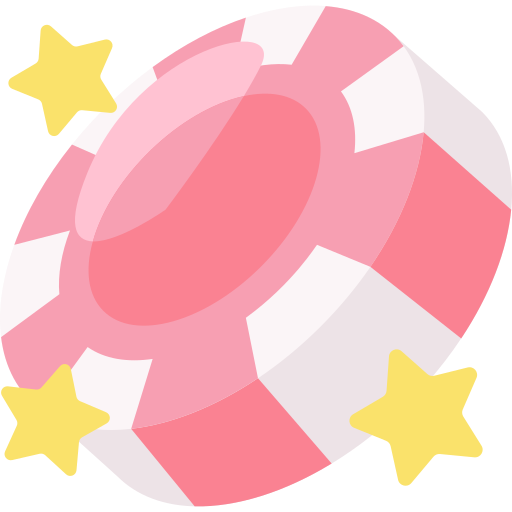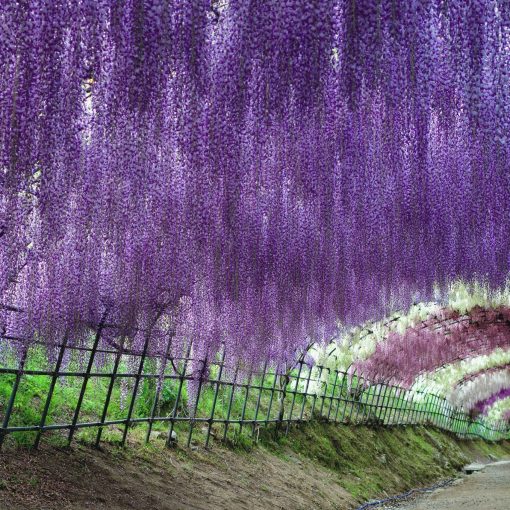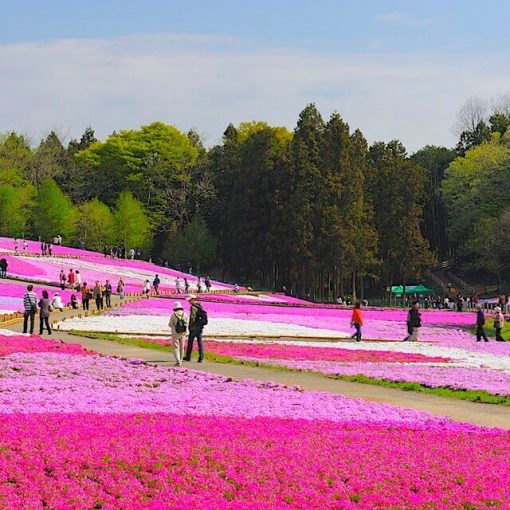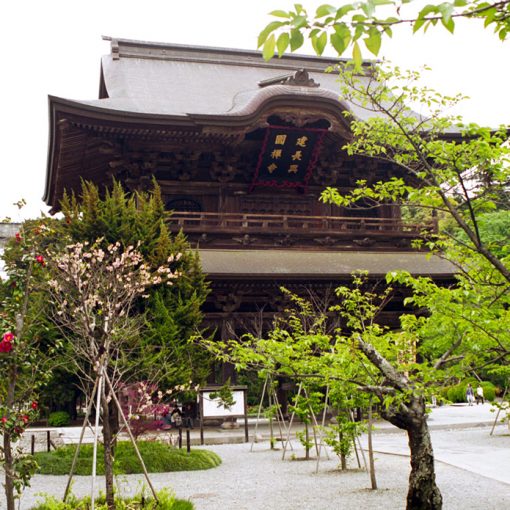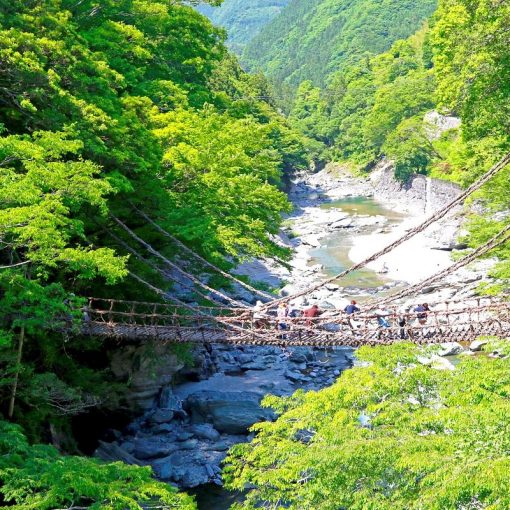The western part of Miyagi is part of the Ou mountain range, which turns to the east into hilly terrain, and then into the coastal plain. The main rivers – Abukuma and Kitakami – flow from west to east. The northern coast has a highly indented relief, the southern one consists of the sandy beaches of Sendai Bay. The climate is cool, with dry and clear winters.
Archaeological excavations show that the Miyagi area was well developed in the early period of Japanese history. After the Taika reforms of 645, it became part of the province of Mutsu. During the Heian period (794-1185) it was ruled by the Fujiwara family.
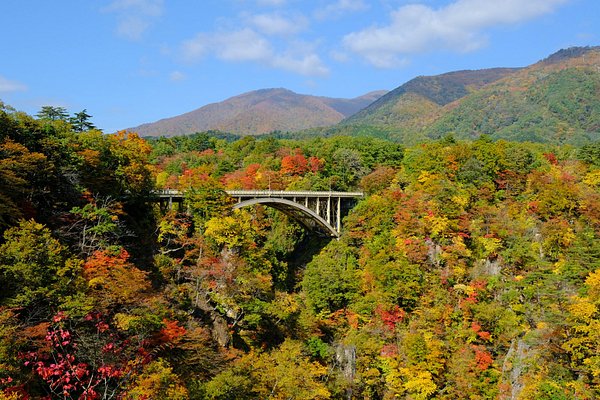
The heyday of this northeastern part of the island of Honshu begins in the XII century. and is associated with the Date samurai clan. The Date were vassals of Toyotomi Hideyoshi. Date Masamune (1567-1636) participated in his patron’s campaign of conquest in Korea in 1592. The campaign ended in failure. Returning to Japan, Masamune personally for himself more than compensated for this failure at the expense of weaker neighbors, significantly “rounding” the clan’s possessions.
When Hideyoshi died in 1598 and the country fell into relative anarchy, Masamune joined the camp of the powerful Tokugawa. For merits in defeating the opponents of the Tokugawa, the head of the principality of Date received in 1601 the feud of Sendai. Masamune turned out to be a zealous master of Sendai. Under him, the principality was famous for its gold and silver mines, large-scale salt production was launched. Excellent riding horses were bred here, which were willingly acquired by samurai.
Participation in a campaign on the Asian continent aroused in Masamune an interest in the world that surrounded Japan. He welcomed the Catholic preachers who then appeared in Japan, allowed the construction of a Catholic church in Sendai. Masamune’s personal envoy reached Rome in those years and was received by Pope Paul V. Another representative of Masamune visited Mexico.
However, when the bakufu – the military government of the Tokugawa shogunate – attacked Christians in Japan with repressions, believing that the Christian religion was turning into the ideology of peasants who fought against the feudal lords, Masamune Date preferred “not to stand out” from the general system and stopped his Christian opposition…
More than three centuries have passed since then. The prefecture received its modern name in 1872, in 1876 the territory of the former feud of the Date clan was transformed into Miyagi Prefecture with its modern borders. It did not reach the level of the most industrialized regions of the country, but nevertheless secured the rank of the political, cultural and industrial center of the northeast of Japan.
The bulk of the population is employed in agriculture and fishing. The main culture is rice. Fishermen are fishing for sardines, tuna, mackerel.
The industry is represented by mechanical engineering and metalworking, as well as the production of pulp and paper.
The prefectural capital is Sendai
It was rebuilt on the site of pre-war quarters, almost completely burned out by American bombing during the Second World War. The pride of the city is the local Tohoku University, founded in 1907 and with more than 10 thousand students. Fame (even outside of Japan) enjoys his library, which has a rich collection of books on socio-economic disciplines.

The hustle and bustle of this vibrant city is balanced by the calm beauty of the clear Hirose River that runs through the city. The quality of the water is also evidenced by the fact that in summer on the embankments of the river, fishing enthusiasts catch small trout ayu, which is found only in clean flowing rivers.
Across the river, on the small green hill of Aoba, are the ruins of Sendai Castle, built over 400 years ago. Today, on the territory of the former castle, there is a museum where you can see a computer model of the once formidable, but now destroyed fortification. Sendai Castle, often referred to as Aoba (Green Leaf) Castle, was built in the 16th century by the local prince Masamune Date.
Miyagi Prefecture, its center of Sendai, small towns scattered along the Pacific coast and the coastal Sendai valley, today have a completely modern look. But everyone who comes to Miyagi feels here the unique flavor of Japanese history and those cultural traditions that were laid down in the Middle Ages.
Not only interesting plots of Japanese history draw attention to Miyagi and Sendai. Here is one of the three natural wonders of Japan – the Matsushima Islands in the bay of the same name. These are 260 small, but unusually beautiful islands, overgrown with pine trees and located on an area of 40 square meters. km. The islets and the sea around them do not have protected status, as they are in an area of busy coastal swimming, as well as intensive production of nori seaweed and the famous Sendai oysters.
